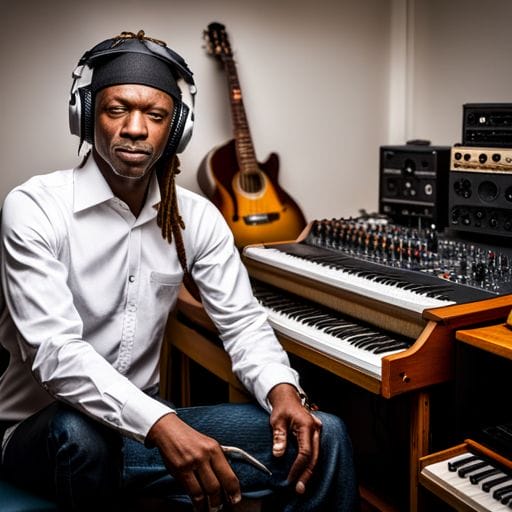Producing Dub Reggae: Echo, Reverb and Deep Bass

What techniques are commonly used to create deep bass sounds in Dub Reggae?
Modern music is a complex blend of intricate sounds, diverse influences, and cutting-edge production techniques. Among the varied genres that have contributed to this rich tapestry of music is dub reggae, a genre known for its deep, bass-driven tracks, striking use of reverb and delay, and psychedelic soundscapes. It’s a genre that has shaped and influenced countless others, with its roots reaching deep into the soul of Jamaican music culture. This article will delve into the unique style of dub reggae production, focusing on those trademark elements: echo, reverb, and deep bass.
The Heartbeat: Deep Bass
In dub reggae, the bass acts as the foundation, setting a pace and providing a stable grounding for other layers of sound. A strong, deep bassline brings a hauntingly hypnotic aspect to the music, creating a sustained, consistent, and resonating rhythm that reverberates through the listener.
Historically, in dub reggae production, these basslines were created with a double bass or even an electric bass guitar. Nowadays, producers have the luxury of accessing a wider array of sound options through cutting-edge digital software, enabling them to create innovative contemporary dub tracks that always pay homage to their roots.
The Space: Echo and Reverb
Central to the dub reggae sound is the intelligent use of echo and reverb effects. These effects add depth and space to the music, turning straightforward reggae grooves into expansive, mind-altering soundscapes. They can strengthen the deadpan drum hits, add life to the vocal snippets, and extend the reach of their epic basslines.
Echo and reverb are often used in dub to emphasize the rhythm section, echo the drums and the percussions, and add dramatic impact to vocals, horns, and other melodic elements. The resulting sound has a resonant, almost otherworldly quality, and is a hallmark of the genre.
The Art of Manipulation
At the heart of dub reggae production is the art of manipulating and shaping sound. Producers often use a variety of tools and techniques to modify each track’s basic elements, such as adjusting EQs, compressing, and EQ sweeping. This freedom to experiment during the production process has allowed dub reggae to evolve and continually reinvent itself over the years.
The distinctive techniques used in dub reggae production, such as the extreme use of reverb and echo, have broken barriers and opened doors, influencing not only reggae itself but also genres as diverse as rock, hip-hop, and electronic dance music, propelling them into new and uncharted sonic territories.
Conclusion
The appeal of dub reggae lies in its ability to transport listeners to another realm with its deep, pulsating basslines and otherworldly use of echo and reverb. The artistry involved in producing this sound is an integral part of the genre’s allure, and while the tools may have changed with the advent of digital software, the essence of dub reggae remains true to its roots.
Whether you’re an aspiring producer or a seasoned vet seeking to deepen your understanding of this genre, we hope this article has shed some light on the vital components that make up dub reggae’s unique sound. It’s all about that deep bass, the space created by echo and reverb, and the intricate art of sound manipulation that makes dub reggae production truly a world in itself.
